Overview
Printers Row, the "Printing Capital of the Midwest"
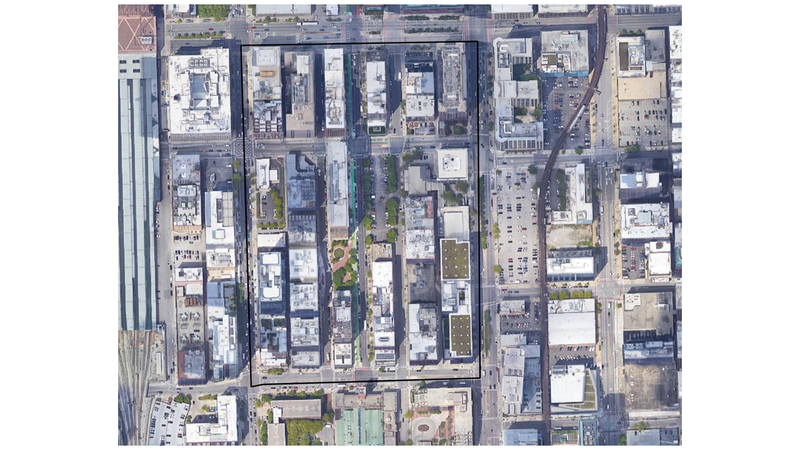
Size - Printers Row, according to Google Earth has an area of about 23.2 acres and houses a population of ~ 6,000 people. The neighborhood is bounded by Ida B. Wells to Polk St. (north to south), and Clark St. to State St. (east to west).
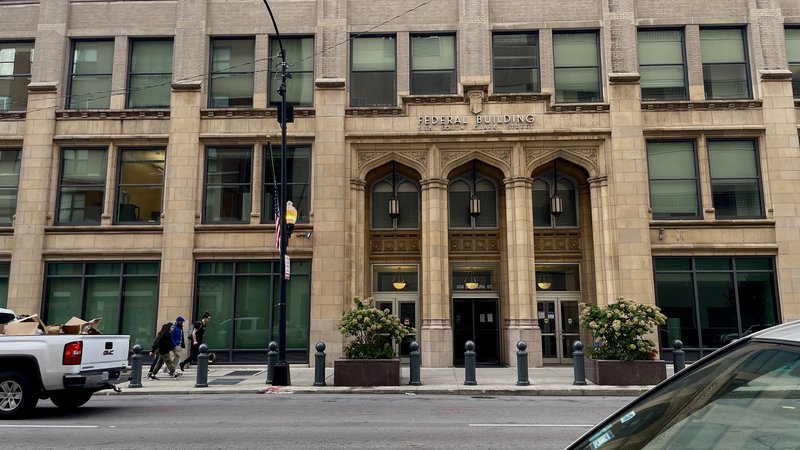
Identity - Printer’s Row is, to put it simply, a downtown neighborhood. With its renovated, loft style condominium towers, to the busy major roads that delineate its boundary, the neighborhood thrives in its location just south of the Loop in downtown Chicago. Besides a few references to the name, “Printer’s Row” – like Printer’s Row Park – one wouldn’t know they were in this neighborhood, as there is no official banners or neighborhood flags marking the streets as such. However, one could get a sense of coherence in the neighborhood by looking up.
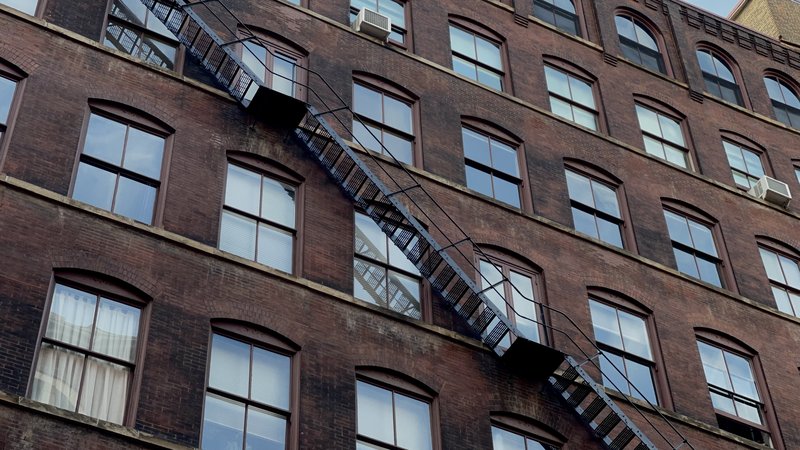
Looking at the unique buildings that make up the majority of printer’s row, one can get a sense of the neighborhoods once industry-led, printing past. The buildings within Printer’s Row are stone and brick, big buildings with great architectural patterns and details – many of them with steel fire escapes across their façade just like buildings in New York City do. These, along with the history that unites this neighborhood of Chicago, allows for one to visually get a sense of this neighborhood’s general “coherence” even though there is no explicit demarcation.
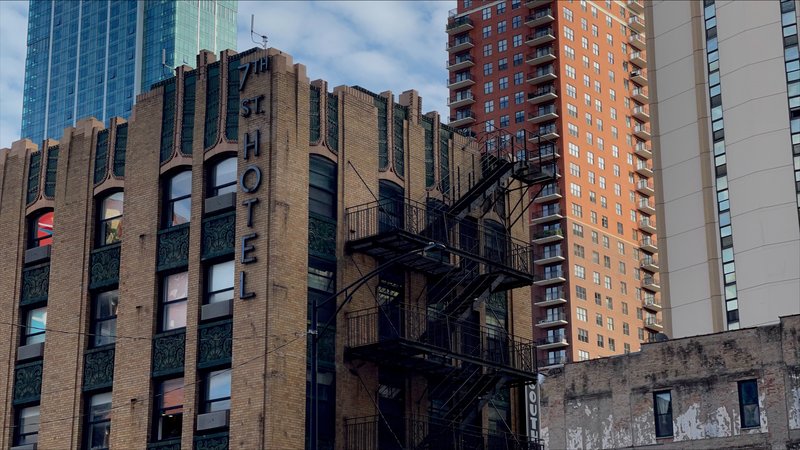
Printer’s Row is a small neighborhood, one can easily walk the whole perimeter within 30 minutes. In this walk, one would be able to see famous sites such as Dearborn Station, the Harold Washington Library, and the art deco style 7th St Hotel. Though this, in one sense, can be considered a great thing, the neighborhoods small size “bleeds into” its surroundings and not necessarily contained within the delineation of the given bounds. This, again, can be seen in the architecture of the surrounding neighborhoods/streets as well as the mixed use development within the neighboring blocks.
Layers
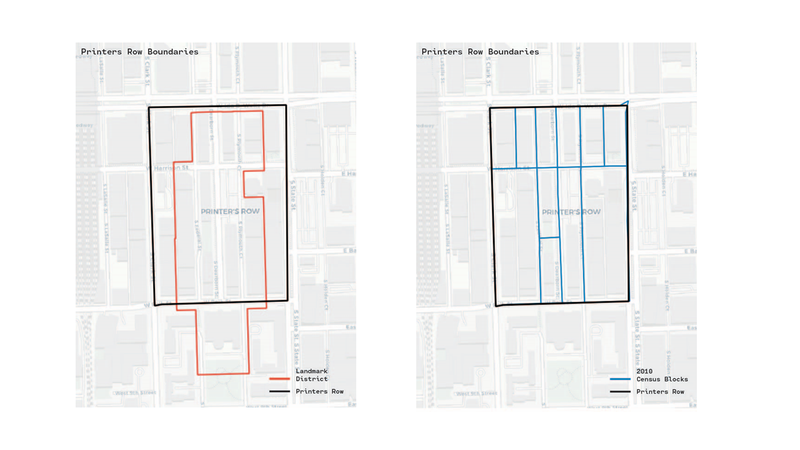
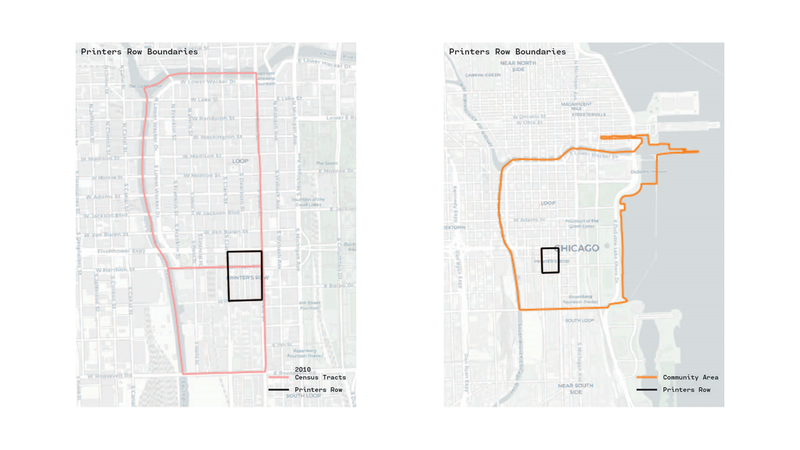
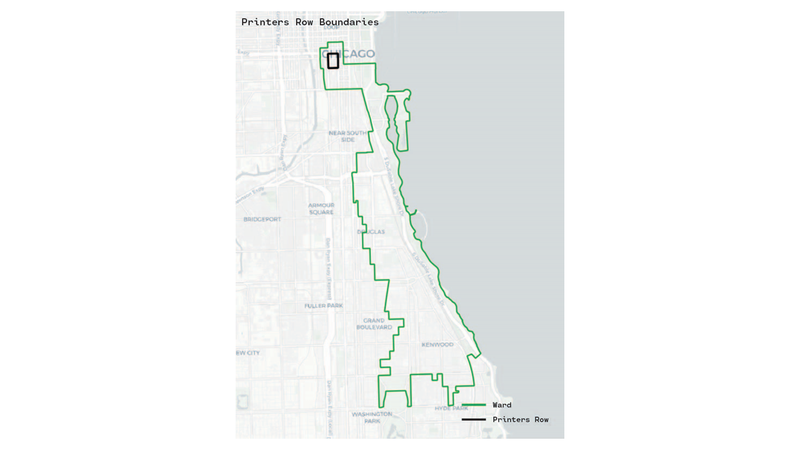
Diagram
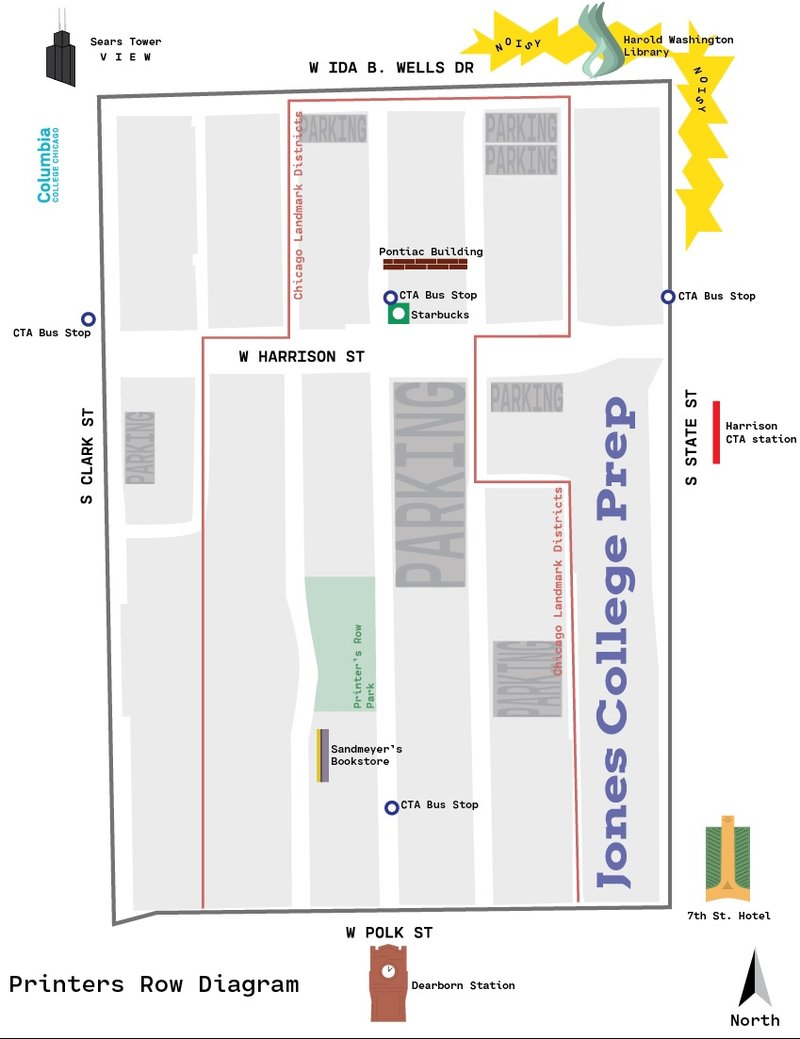
History - Beginning in the early 1830s, with Publisher John Calhoun being the first to set up shop in this area just south of the loop for the Chicago Democrat newspaper, this region of Chicago quickly became the Midwest’s printing hub – housing nearly 30 publishers before the Great Chicago Fire of 1871. Even though this was the “Printing Capital of the Midwest” at the time, this place was not yet known as “Printers Row”, this would come after the building of Dearborn Station.
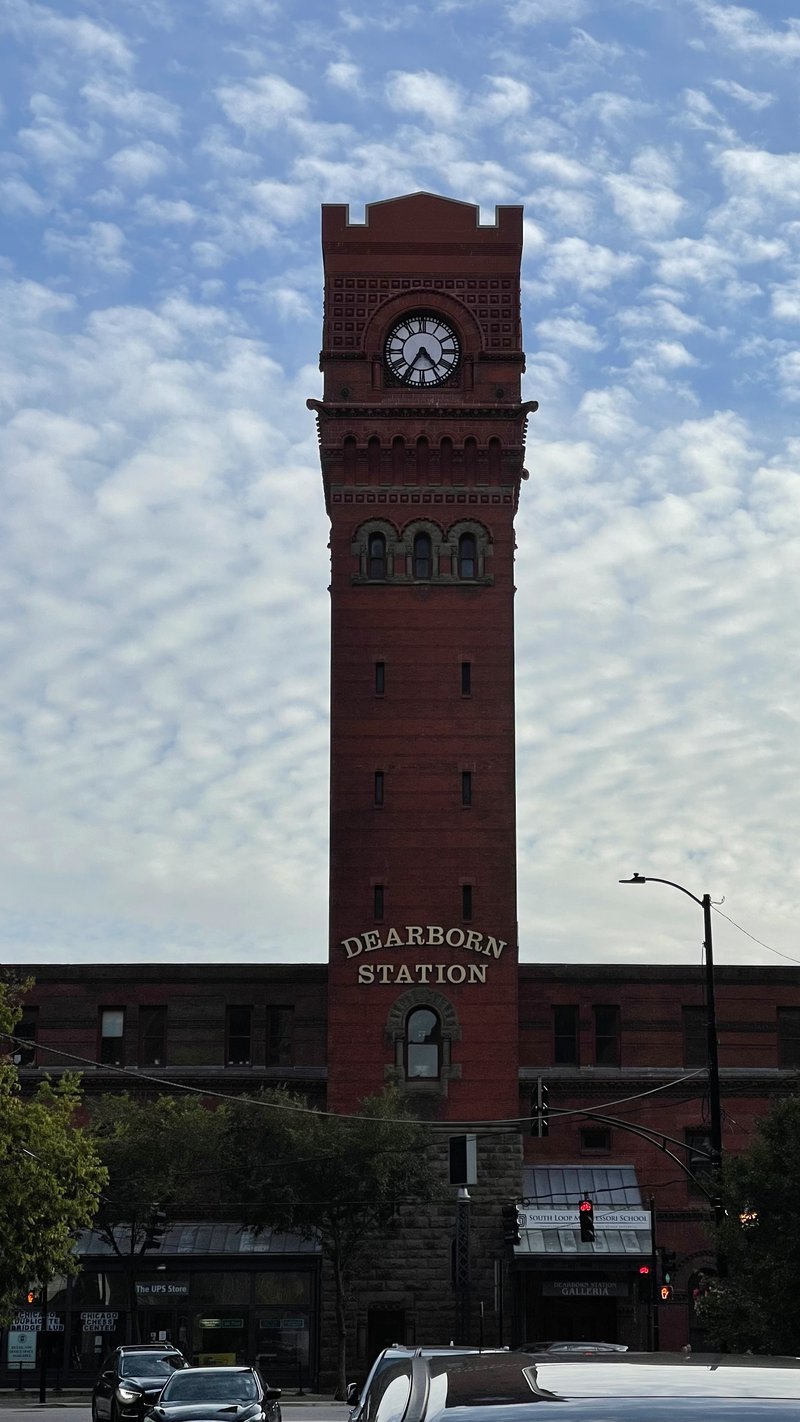
With its completion in 1885, Dearborn Station, just south of W Polk St., became the “catalyst for bringing businesses and residents to the area”, Peter Alter, chief historian of the Chicago History Museum, says in an article for the Block Club Chicago. This came to be the prime time for publishers in this area, as Dearborn Station provided them with easily accessible transportation network all throughout the Midwest. However, coming into the 20th century, like most things, all of this changed thanks to the automobile.
With the decreasing need for rail, many of the publishers in Printers Row began to move out of the city, often moving into the suburbs where they could pay less in rent while still having a wide distribution network thanks to expressways that interconnected cities. With the decentralization of many of these publishers, it was inevitable for Printers Row to eventually lose its title of “Printing Capital of the Midwest”.
By the 1960’s and 70’s, only a fraction of the publishers remained in Printers Row, and even then, they were struggling to keep themselves afloat. It wouldn’t be until 2018 when the last publishing company in Printers Row closed its doors – marking the end of an era. Printers Row, however, came to have a second life. With the need for housing within the city, many of the massive buildings left behind by these publishers were eventually converted to lofts for people to live in. Printers Row is now mainly a residential area well within the hustle and bustle of downtown Chicago.
Even though Printers Row has lost what gave this neighborhood its name, it still retains some of its history with bookstores such as Sandmeyer’s Bookstore as well as LitFest – a festival that highlights authors as well as independent bookstores in the neighborhood.
Yi, J. S. (2019, November 11). Printers row neighborhood guide. Times. Retrieved October 17, 2022, from https://chicago.suntimes.com/2018/6/27/18338966/printers-row-neighborhood-guide-chicago-restaurants-bars-shops
Bauer, K. (2022, September 9). Printers row was once the 'printing capital of the Midwest.' its rich literary tradition lives on. Block Club Chicago. Retrieved October 17, 2022, from https://blockclubchicago.org/2022/09/08/printers-row-was-once-the-printing-capital-of-the-midwest-its-rich-literary-tradition-lives-on/
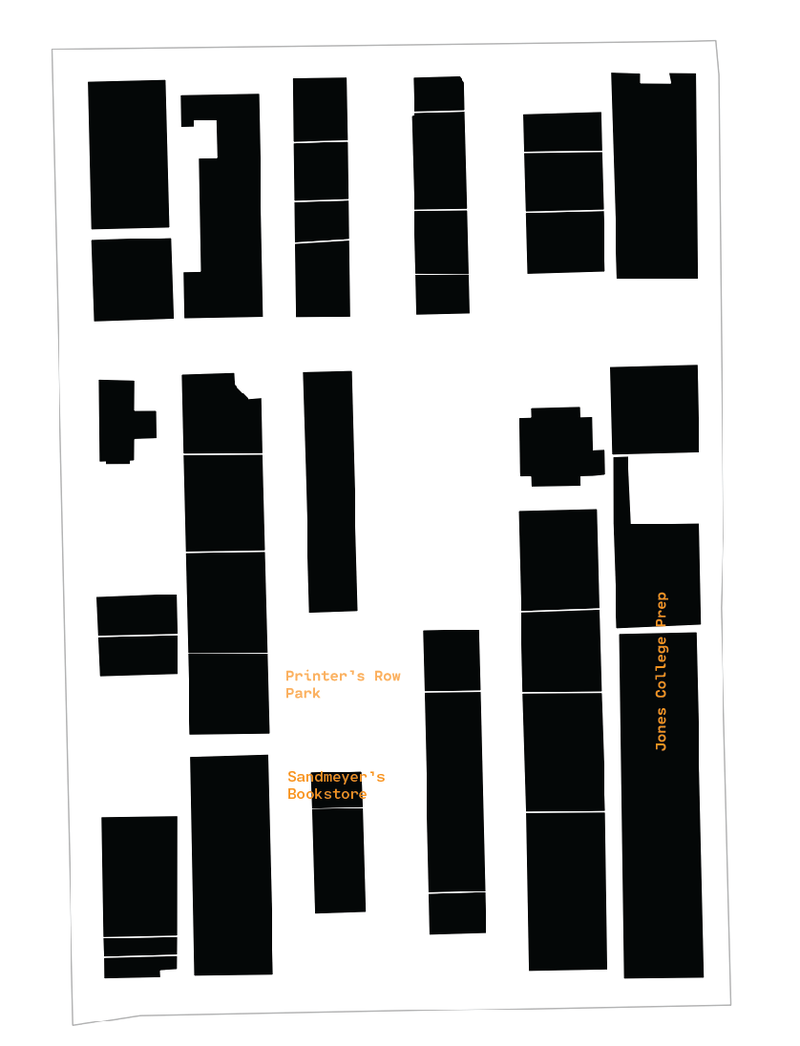
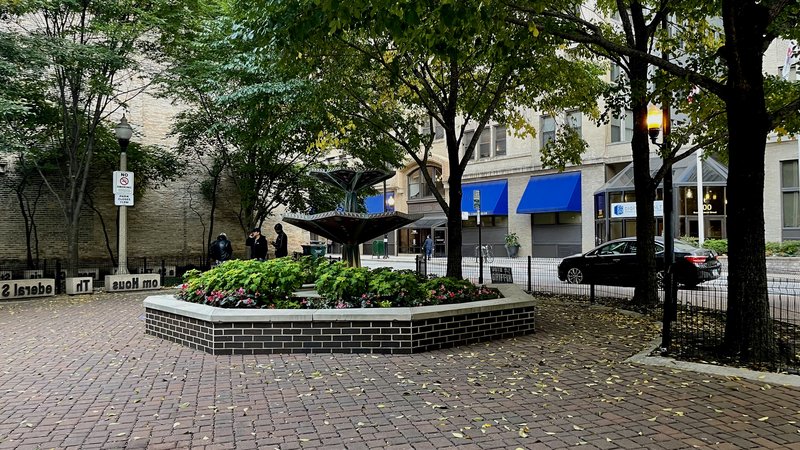
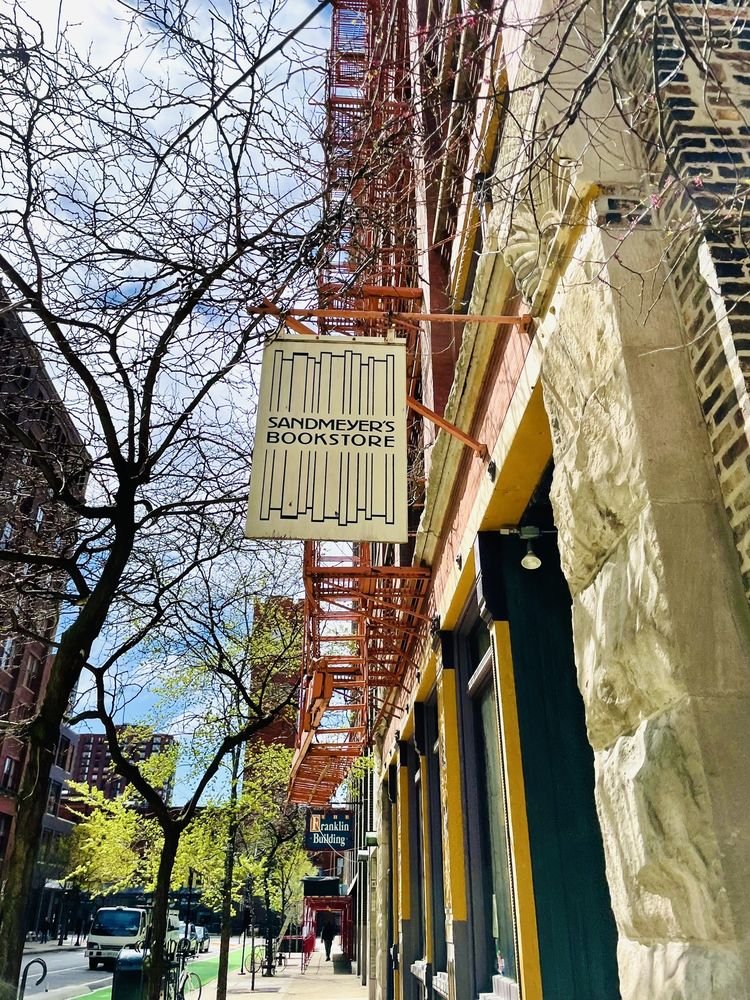
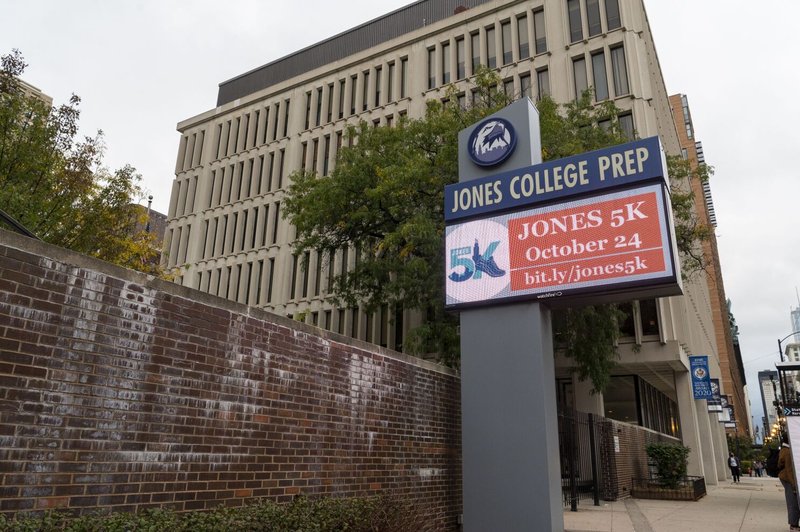
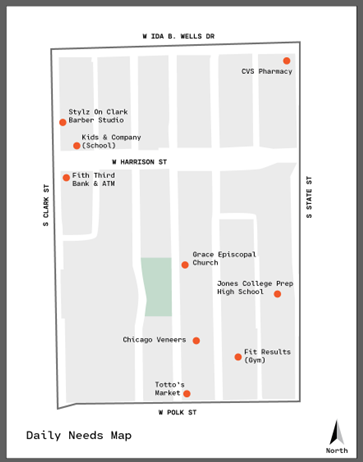
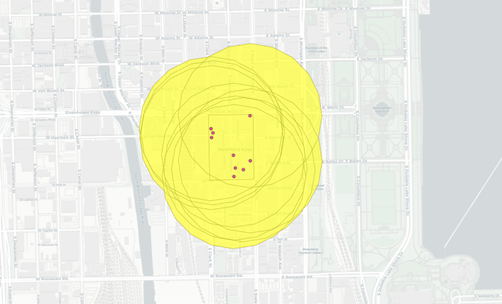
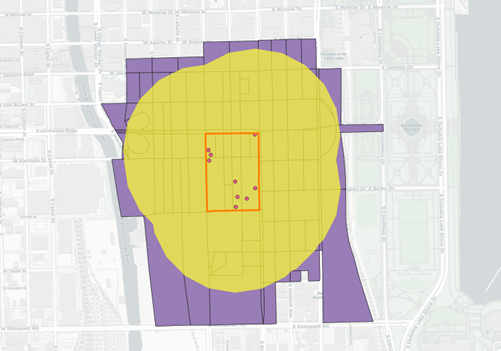
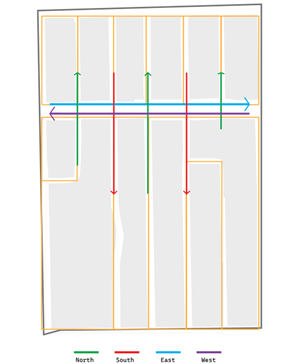
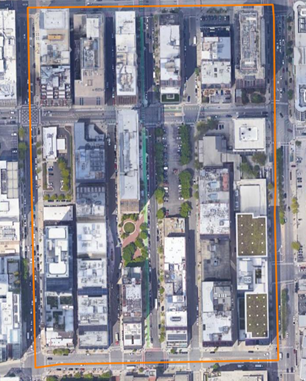
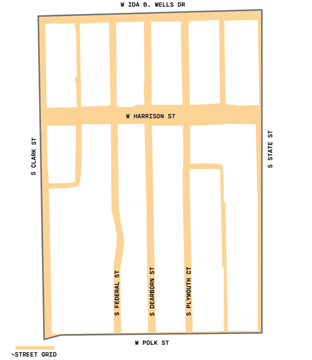
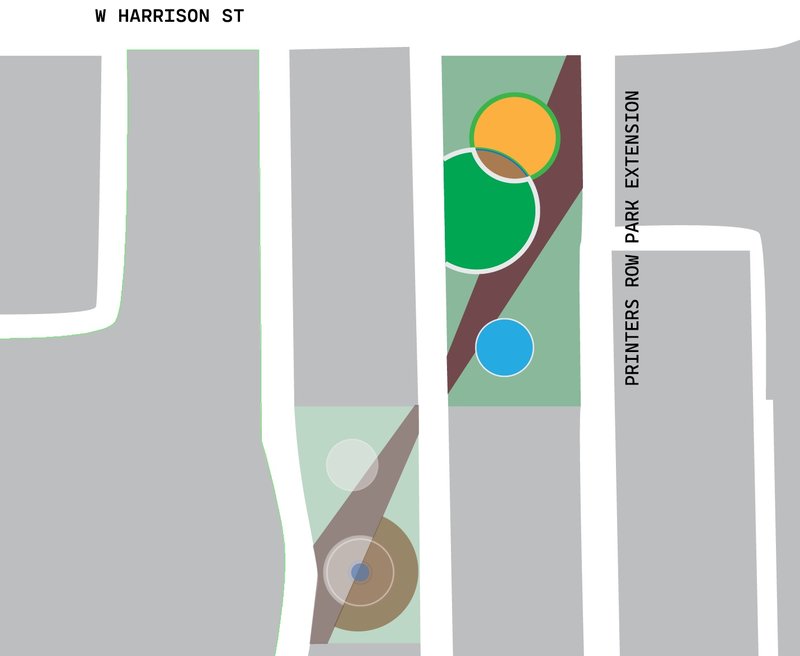
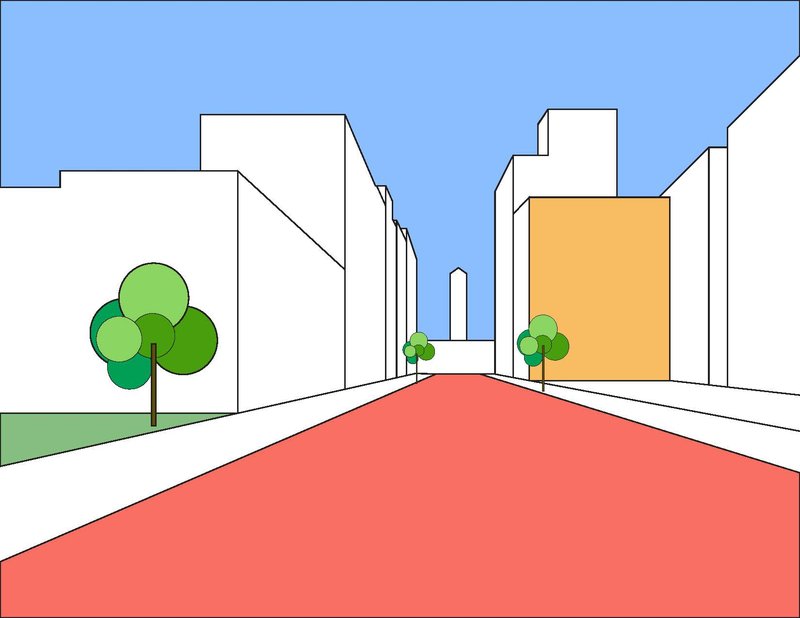
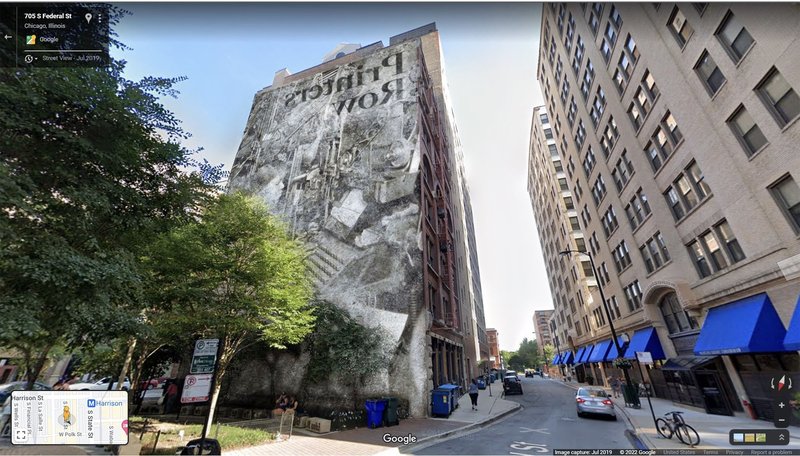
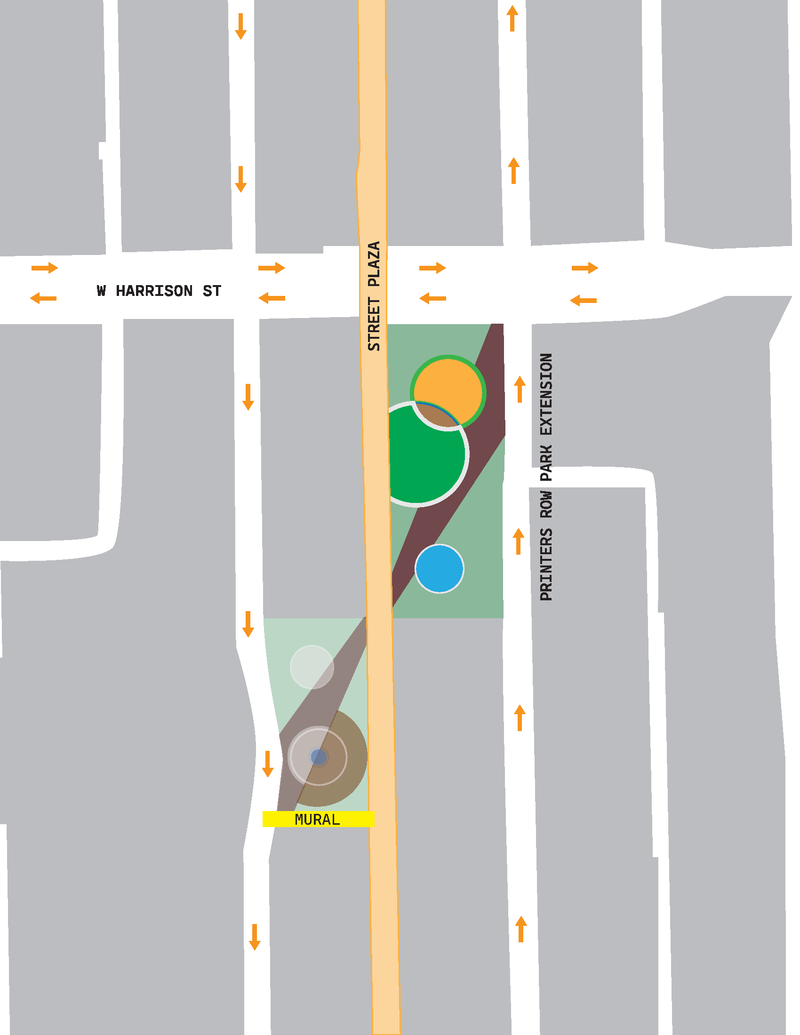
Social Mix
The Printers Row Neighborhood is very small. No appropriate scale was available, so the information included in the tables below are the relevant statistics of the Census block groups that are within the boundaries of Printers Row and therefore do not accurately reflect the social makeup of the neighborhood explicitly.
Observations - When I walked through the neighborhood, the composure of its residents seemed to be made up of younger professionals who work within the downtown region of Chicago. Residences in this neighborhood are almost completely made up of condominiums and lofts, presenting itself as a middle/upper-class neighborhood – at least on the surface. The data generally holds up this perspective.
Column 1 - Race/Age Bins, Column 2 - CBG #1, Column 3 - CBG #2, Column 4 - CBG #3, Column 5 - Total CBG's
Column 1 - Med. House Value/Tenure/Housing Unit Bins, Column 2 - CBG #1, Column 3 - CBG #2, Column 4 - CBG #3, Column 5 - Total CBG's
Simpson Diversity Index Calculations
The block groups that make up Printers Row, according to the Simpson Diversity Index, are not super diverse – especially the Race and Employment Sector variables. This, in a way, is a bit unsurprising since Printers Row is a downtown neighborhood, where only those with certain jobs and of a certain class and demographics are able to live in. The data in the table above more or less supports this assumption.
Though this is quite true, as one takes a look at the neighborhood statistics with those at other, more larger scales, its great to see that Printers Row does not deviate much from the diversity indices results gathered from other scales. It goes to show that even though Printers Row is not a super diverse neighborhood (at least within these three variables), it is generally within the expected amount of “diversity” observed at other scales – making the neighborhood, in terms of diversity, mediocre at best.